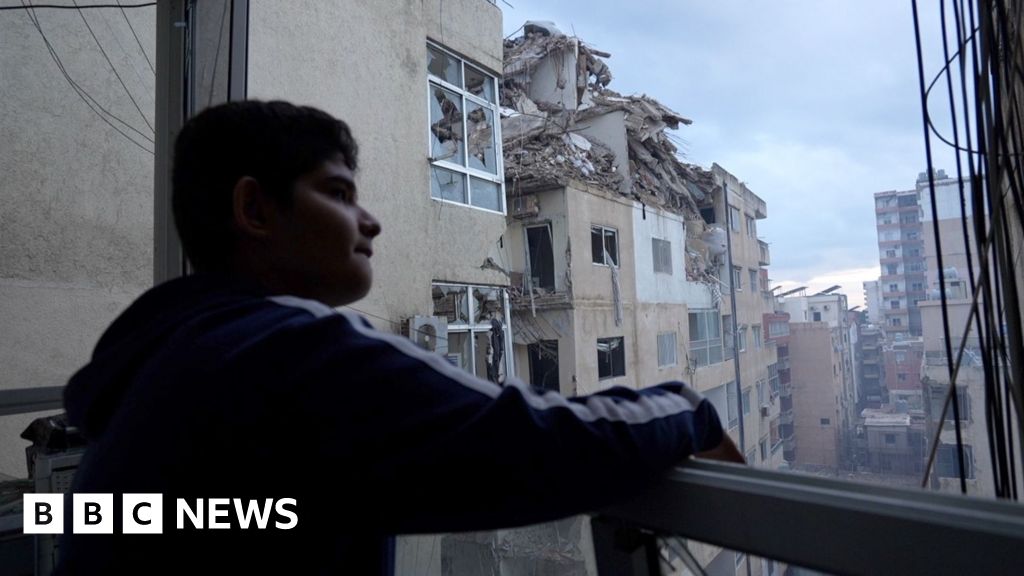The family of four stood in the middle of the street in front of the pile of twisted metal and broken concrete, struggling to comprehend the devastation they were seeing. The building had been destroyed by a recent Israeli air strike and smoke was still rising from the rubble. The next building to the right had partially collapsed; the one behind it had a huge hole at the top.
They continued walking to the building where they used to live, in Tyre in southern Lebanon. The displaced family was back, hours after a ceasefire between Israel and Hezbollah had come into effect. Nobody seemed to have stayed in their home.
As there was no electricity they took the stairs to the sixth floor, helped by the torches on their phones. Mohamad Marouf led his wife and two sons. He struggled to open the main door.
When he finally got in, he instantly realised that his home as he knew it was, for now, gone. “I’m so sad, it’s a nice and decent house,” said Mr Marouf, a car dealer. “There’s just so much damage.
” Panels had fallen from the ceiling. Windows, doors and furniture were destroyed. In the kitchen, cups and plates lie broken on the floor.
There was dust and debris everywhere. Room by room, he mourned objects that were now beyond repair, and celebrated those that somehow had remained intact. The destruction, Mr Marouf said, had been caused by an attack on a residential building nearby.
It was so powerful that his building, too, was heavily damaged. “I don’t know what to.


















